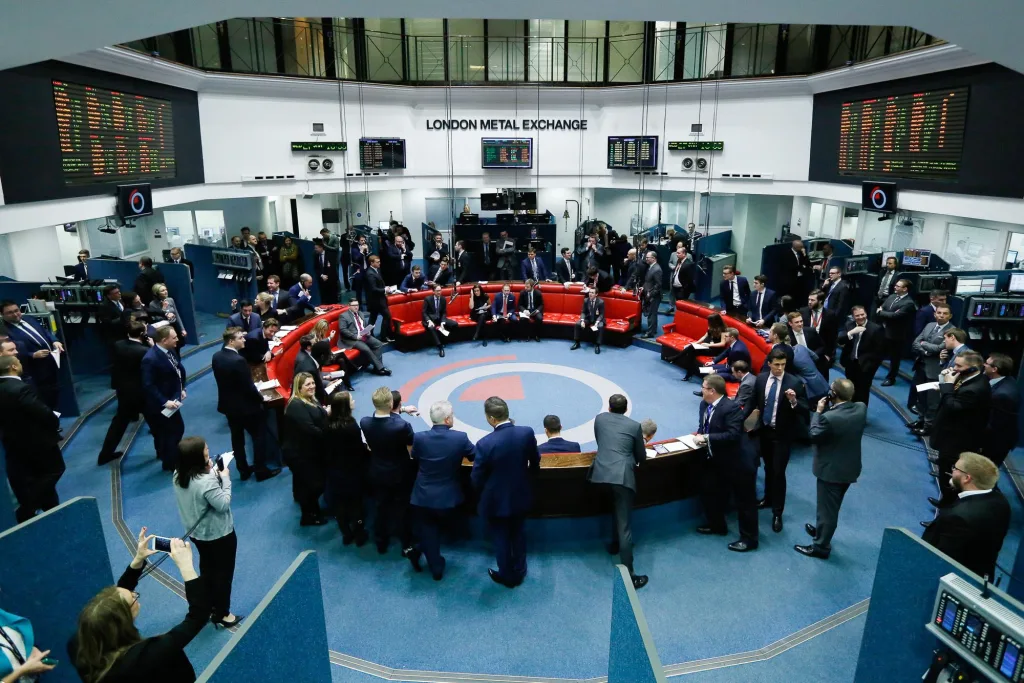Comparative Analysis of LME System Technologies: Unveiling the Best Solutions for Metal Trading

In the competitive landscape of metals trading, choosing the right LME (London Metal Exchange) system technology is crucial for maximizing efficiency and achieving strategic objectives. With a range of advanced solutions available, businesses must conduct a thorough comparative analysis to identify the system that best aligns with their needs. This guide provides a detailed comparative analysis of LME system technologies, highlighting key features, benefits, and differences to help you make an informed decision.
Understanding LME System Technologies
LME system technologies encompass a variety of software and tools designed to facilitate trading, risk management, and operational efficiency in the metals market. These technologies vary in terms of features, capabilities, and integration options, making it essential to understand their strengths and weaknesses.
Key LME System Technologies
1. LMEselect
Overview: LMEselect is the LME’s electronic trading platform, offering a comprehensive suite of tools for trading and risk management.
Features:
- Real-Time Trading: Access live prices and execute trades with minimal latency.
- Advanced Order Types: Utilize various order types, including limit, market, and stop orders.
- Trade Confirmation: Receive instant trade confirmations and reports.
Benefits:
- High-Speed Execution: Achieve faster trade execution with direct market access.
- Enhanced Liquidity: Benefit from increased market liquidity and transparency.
Considerations:
- Complexity: Requires a thorough understanding of trading mechanisms and order types.
- Cost: May involve higher transaction fees compared to traditional trading methods.
2. LME Shield
Overview: LME Shield focuses on risk management and compliance, offering advanced tools for managing and mitigating trading risks.
Features:
- Risk Analytics: Utilize Value at Risk (VaR) and stress testing tools to assess potential losses.
- Compliance Monitoring: Ensure adherence to regulatory requirements with integrated compliance checks.
- Reporting: Generate detailed risk and compliance reports for auditing purposes.
Benefits:
- Comprehensive Risk Management: Enhance risk management capabilities with sophisticated analytics.
- Regulatory Compliance: Stay compliant with evolving regulatory standards.
Considerations:
- Learning Curve: May require additional training to fully utilize its advanced risk management features.
- Integration: Ensure compatibility with existing trading systems and workflows.
3. LME Desktop
Overview: LME Desktop provides a user-friendly interface for managing trades and market data, ideal for traders who need a robust but accessible solution.
Features:
- Market Data Access: Monitor live market data and historical price trends.
- Trade Execution: Execute trades directly from a customizable desktop interface.
- User Interface: Intuitive design with customizable dashboards and alerts.
Benefits:
- Ease of Use: Simplifies trading operations with a user-friendly interface.
- Customization: Tailor the desktop environment to individual preferences and needs.
Considerations:
- Limited Advanced Features: May lack some advanced functionalities found in more specialized tools.
- Scalability: Better suited for individual traders or small to mid-sized operations.
Comparative Analysis: Key Considerations
– Functionality and Use Case
- LMEselect is best for high-frequency traders and those needing real-time trading capabilities.
- LME Shield excels in risk management and regulatory compliance for larger organizations.
- LME Desktop is ideal for users seeking a straightforward, customizable trading interface.
– Integration and Compatibility
- Assess how each system integrates with your existing infrastructure and trading workflows.
- Consider potential compatibility issues and the need for additional integration efforts.
– Cost and Investment
- Evaluate the cost structure of each system, including transaction fees, subscription costs, and implementation expenses.
- Determine the overall return on investment based on the features and benefits provided.
Choosing the Right LME System Technology
Selecting the optimal LME system technology depends on your specific needs, trading volume, and risk management requirements. Conduct a detailed evaluation of each system’s features, benefits, and costs to make an informed decision. Engaging with vendors, seeking demonstrations, and consulting with industry experts can further assist in selecting the most suitable solution.
Conclusion
A comparative analysis of LME system technologies is essential for identifying the best solution to enhance trading efficiency and risk management. By understanding the unique features and benefits of LMEselect, LME Shield, and LME Desktop, you can make a well-informed choice that aligns with your business objectives. Invest in the right technology to streamline operations, manage risks effectively, and gain a competitive edge in the metals market.



